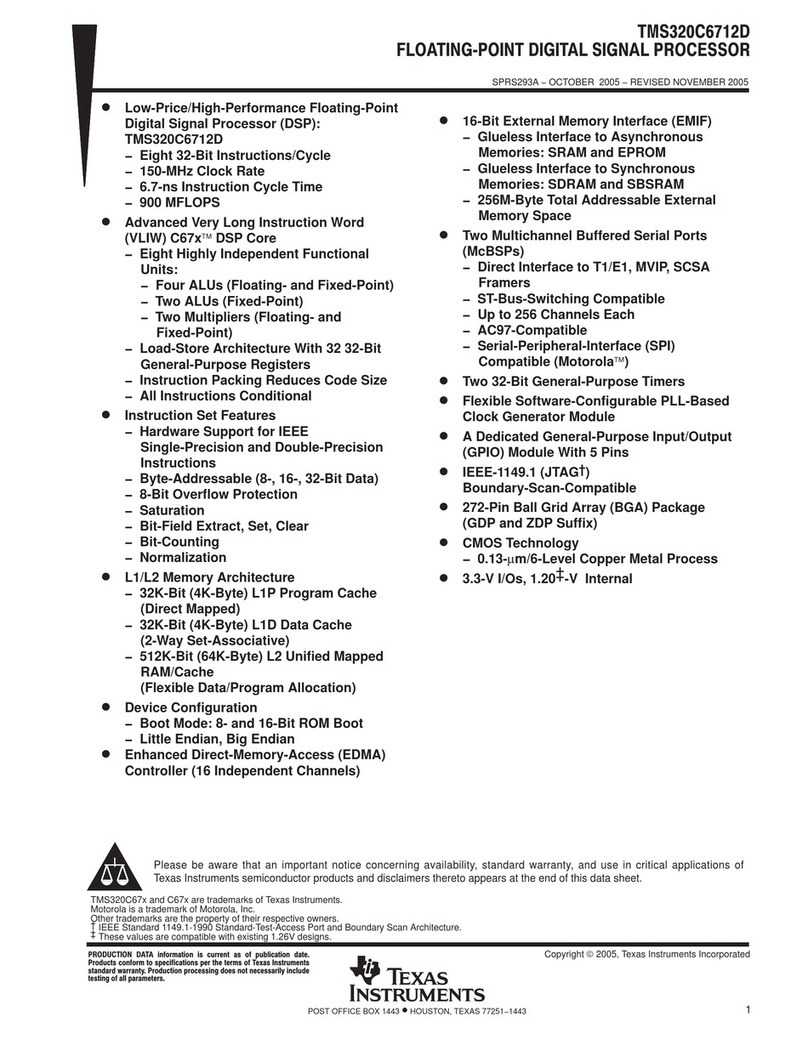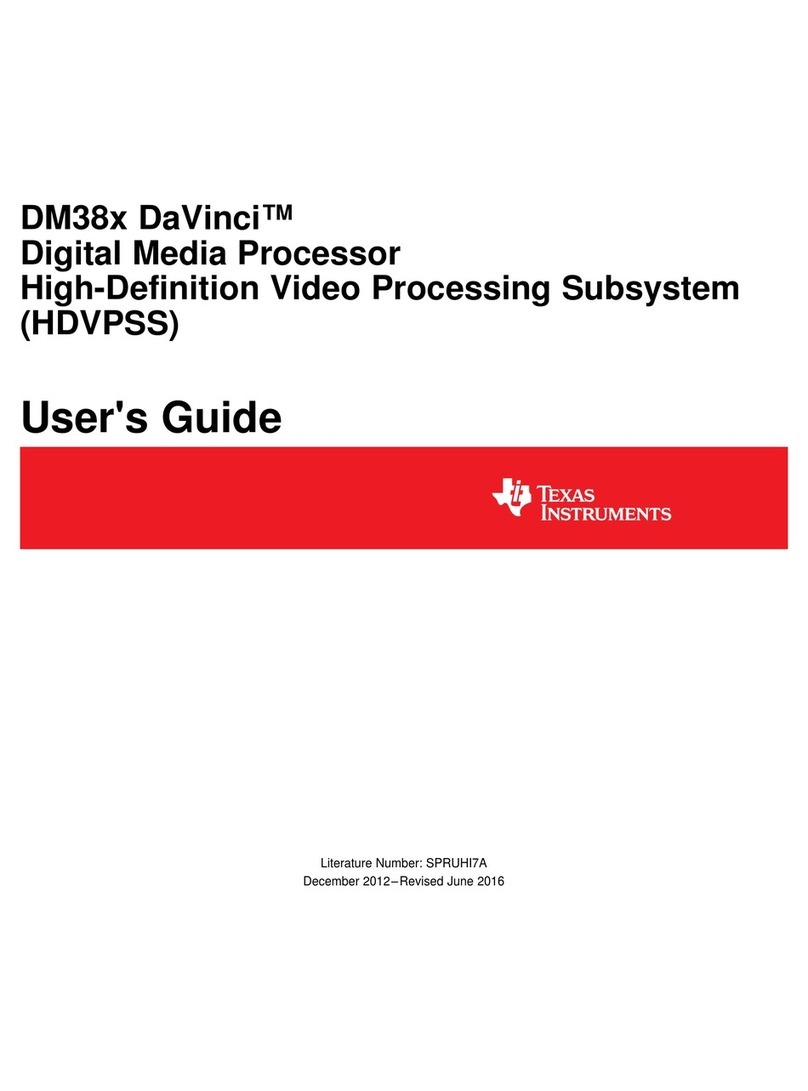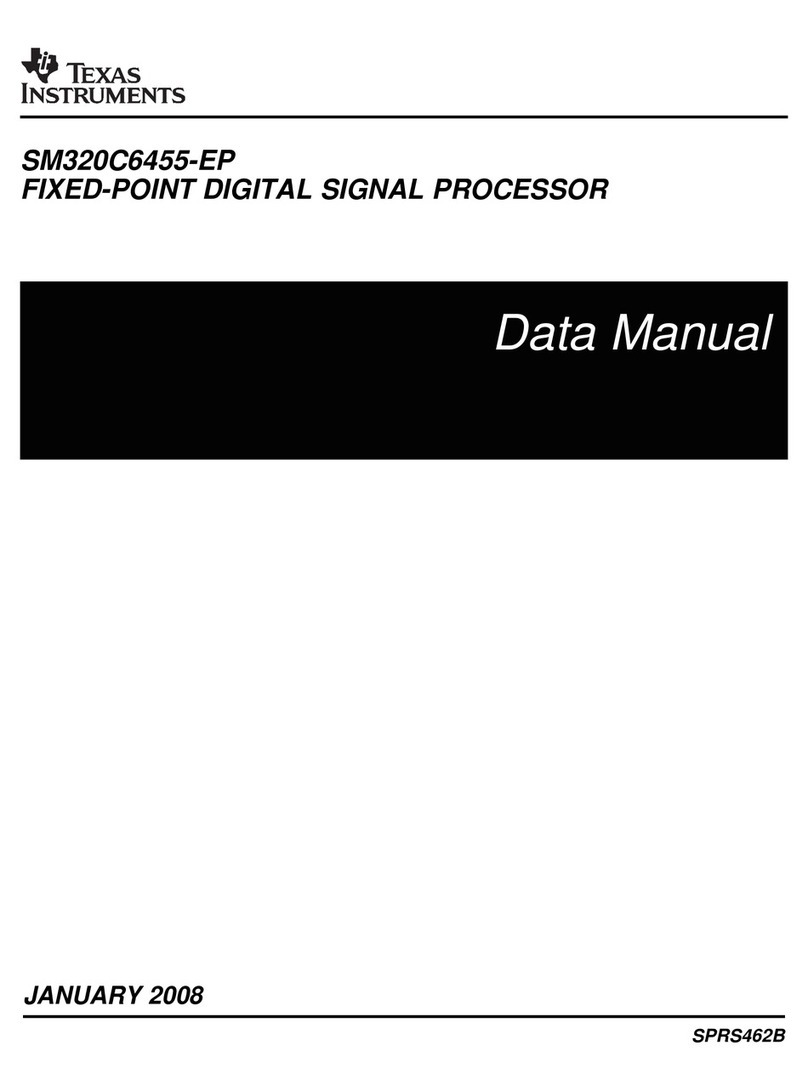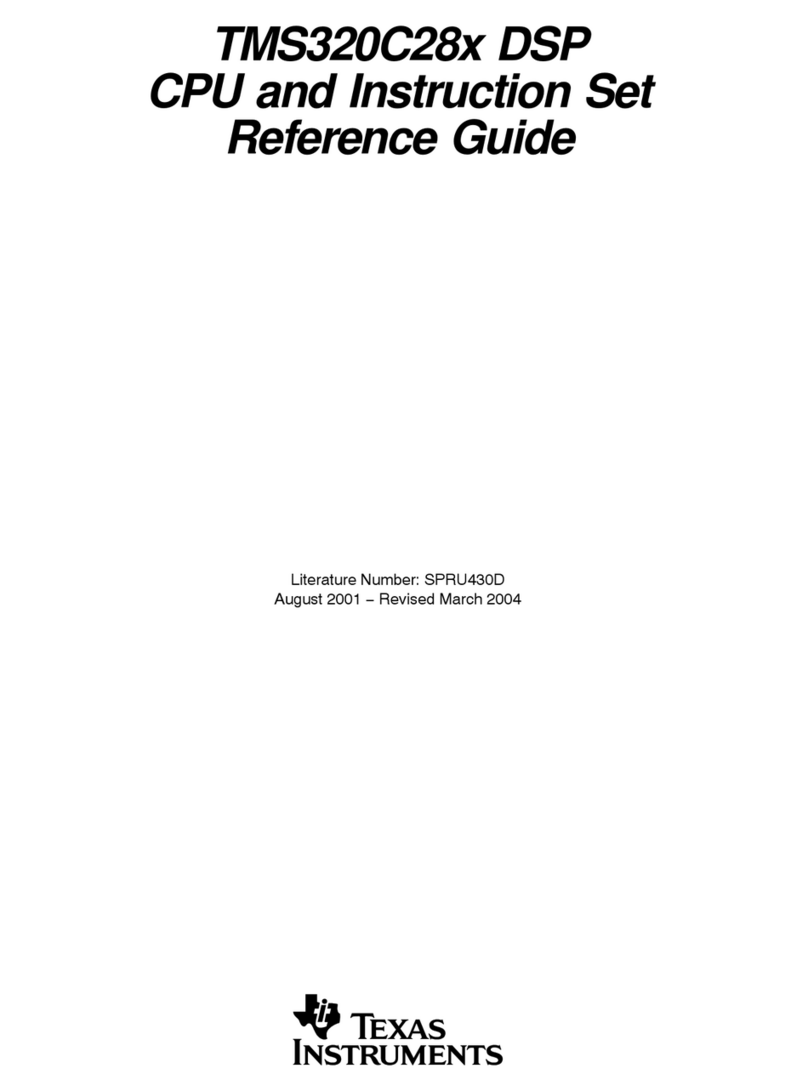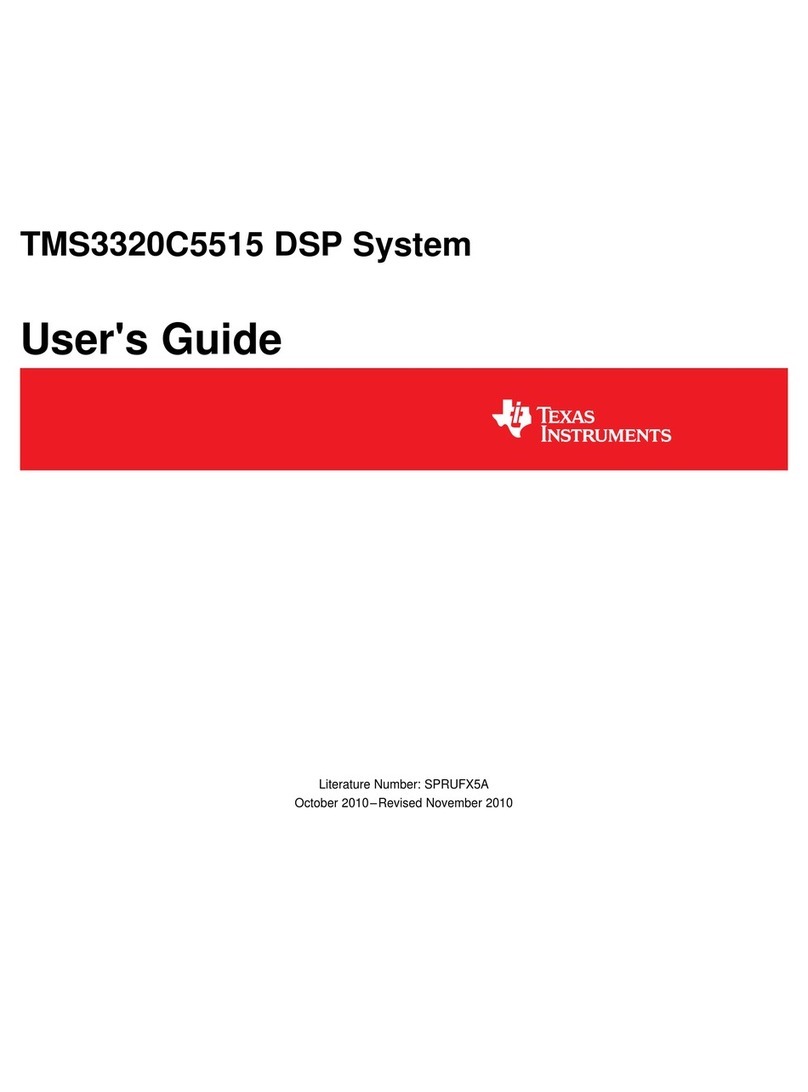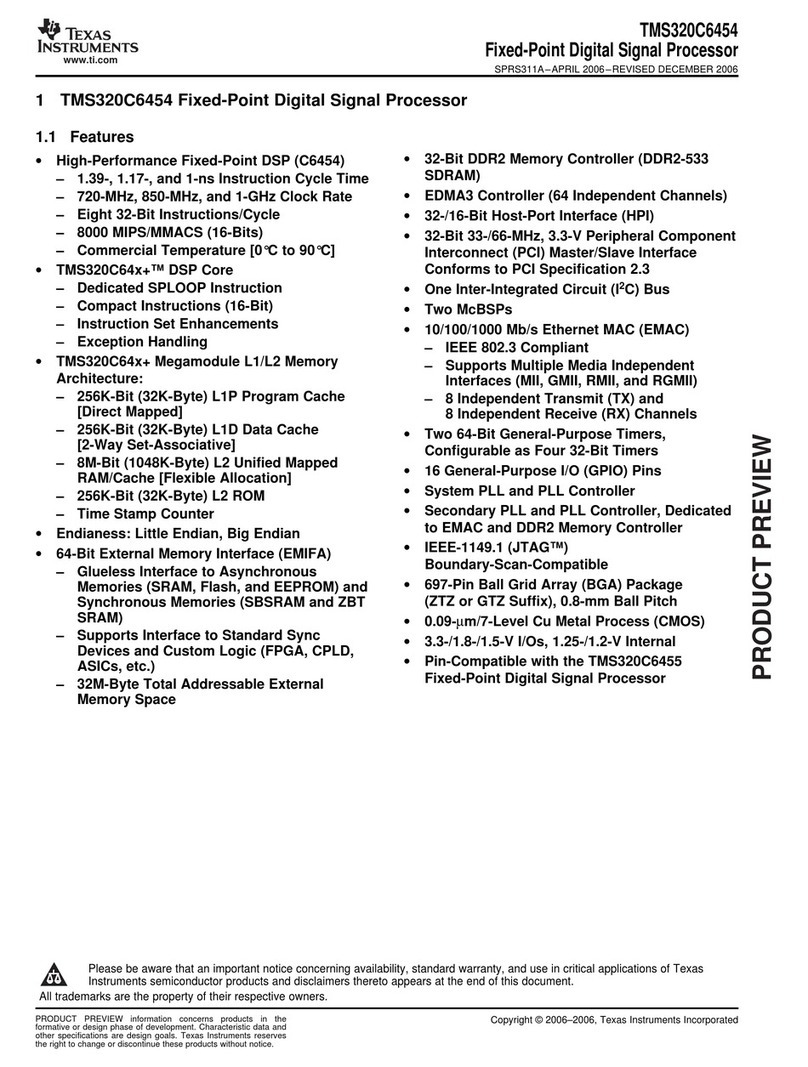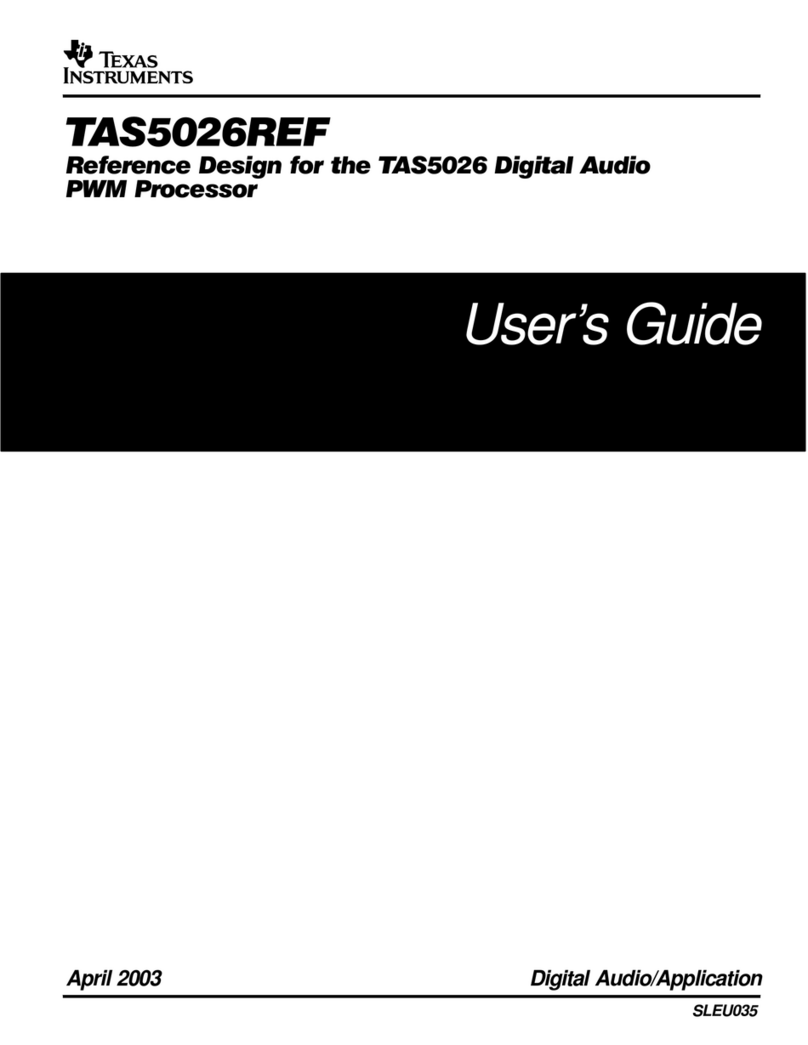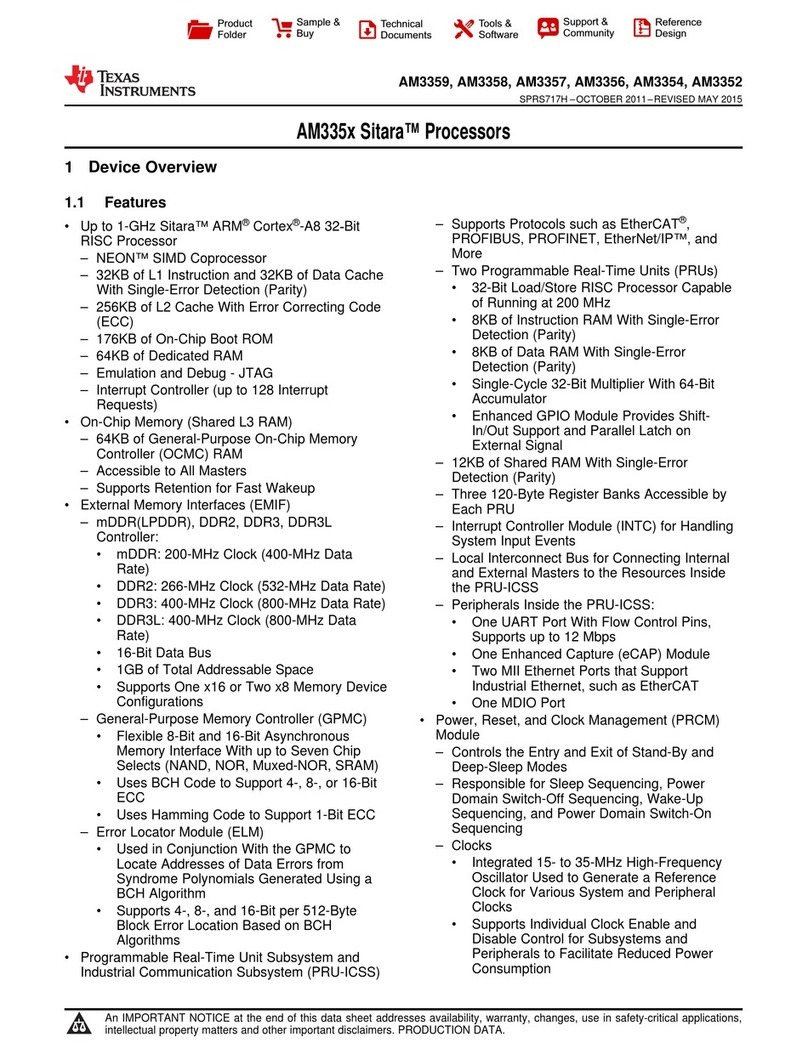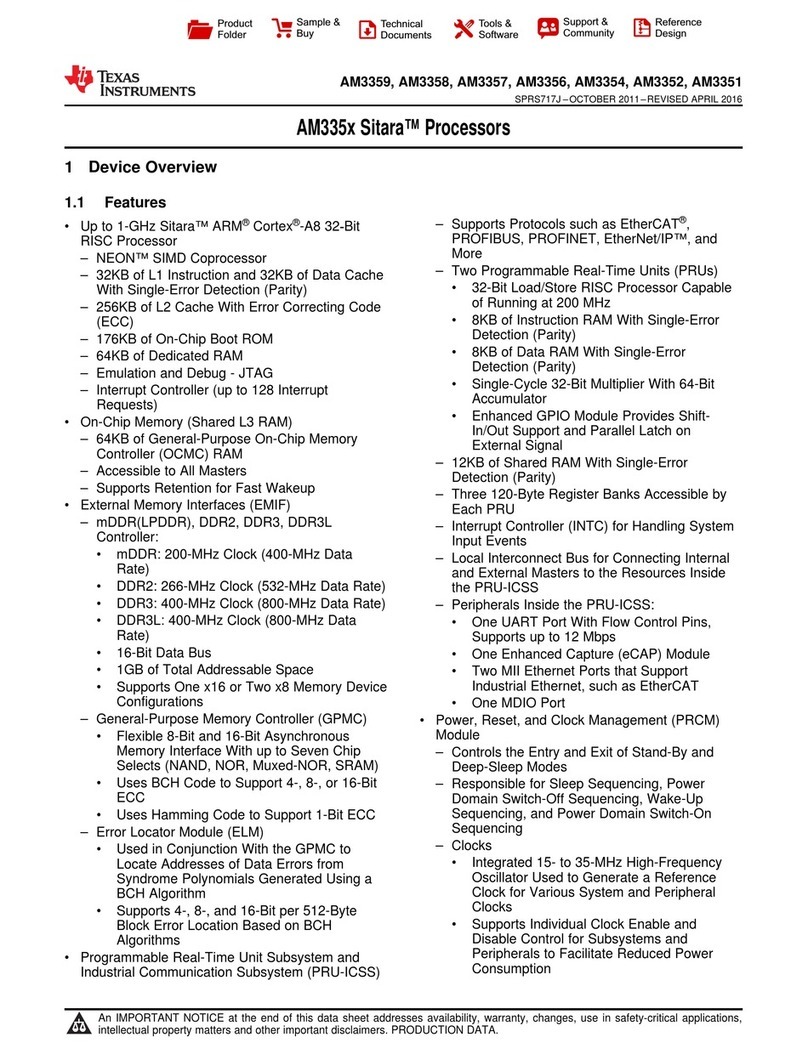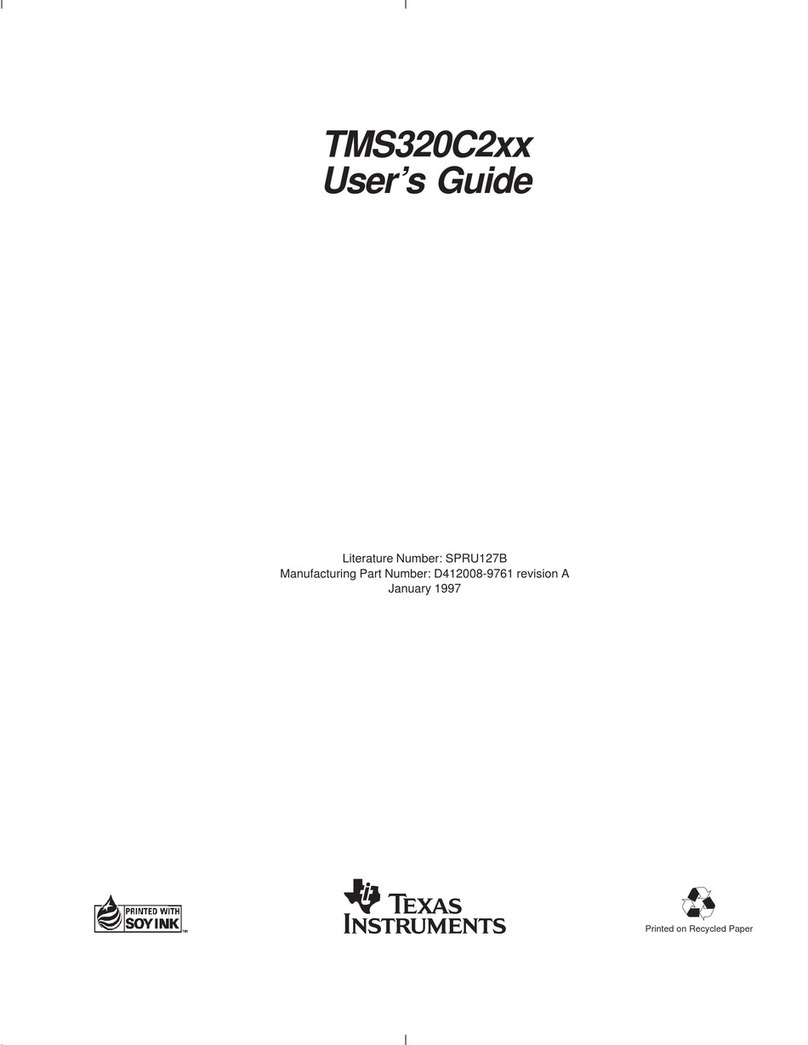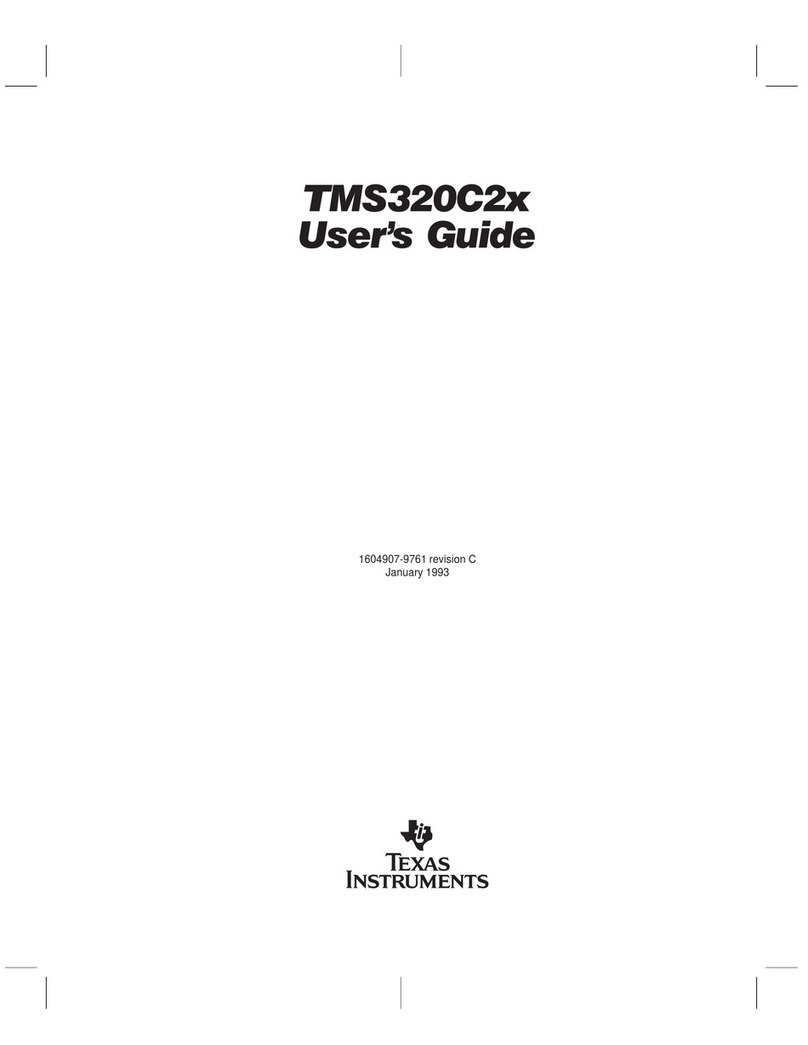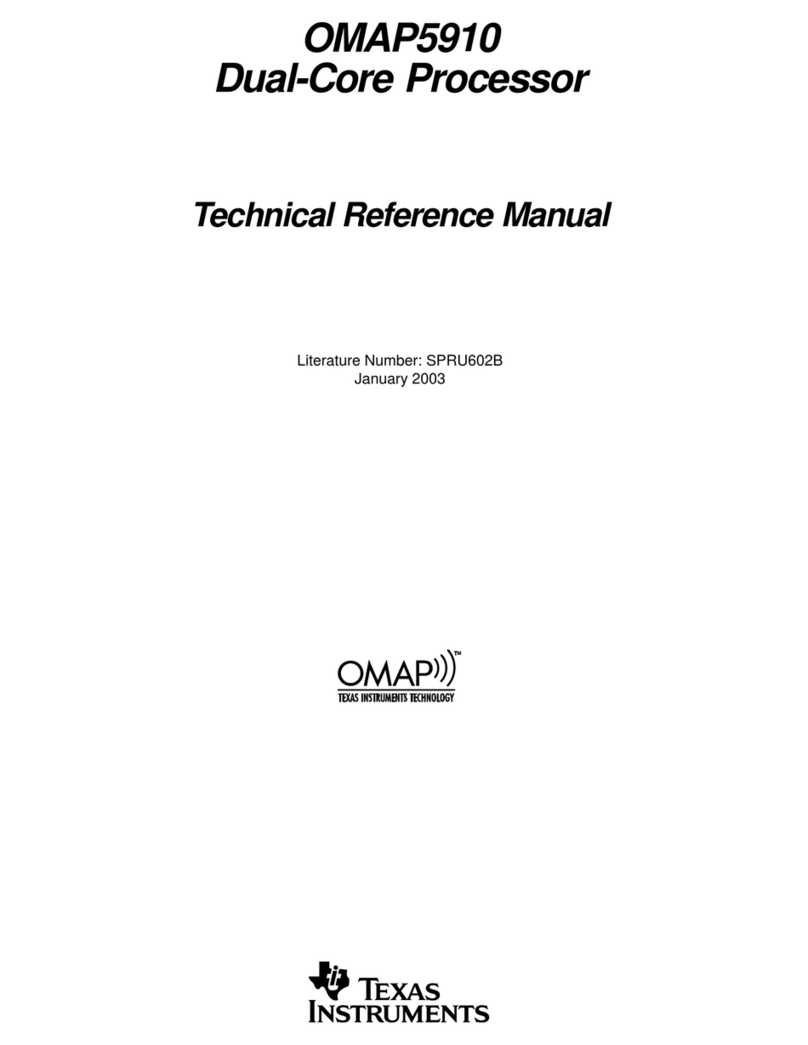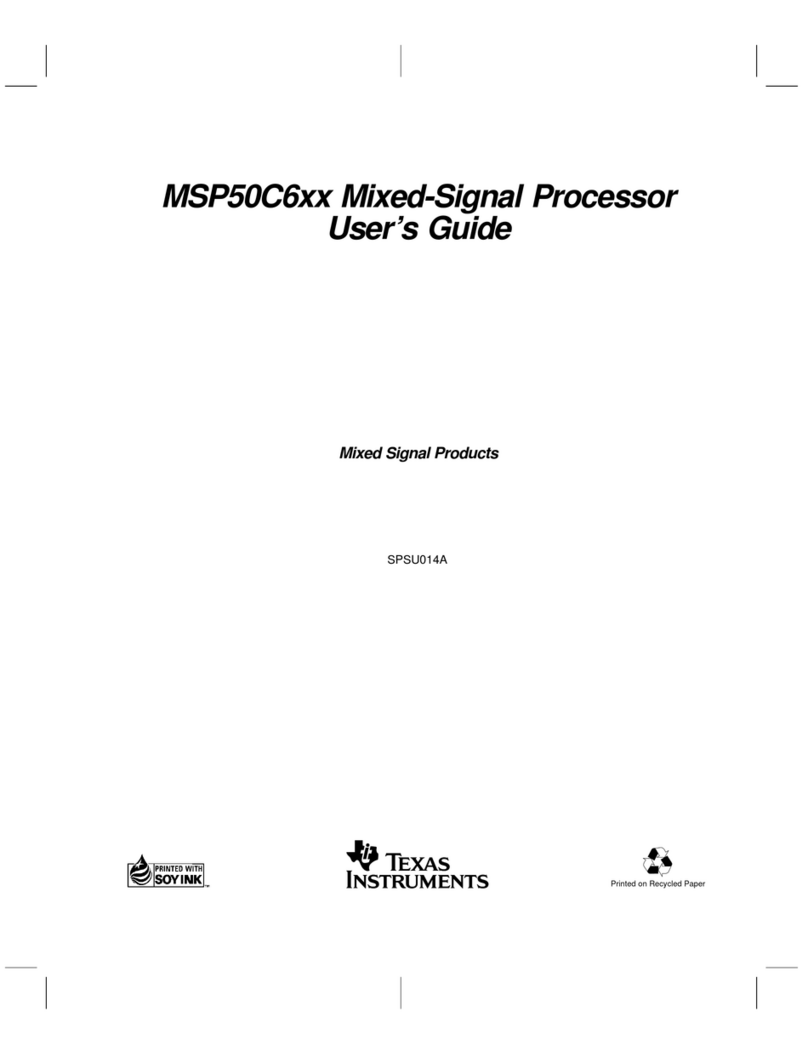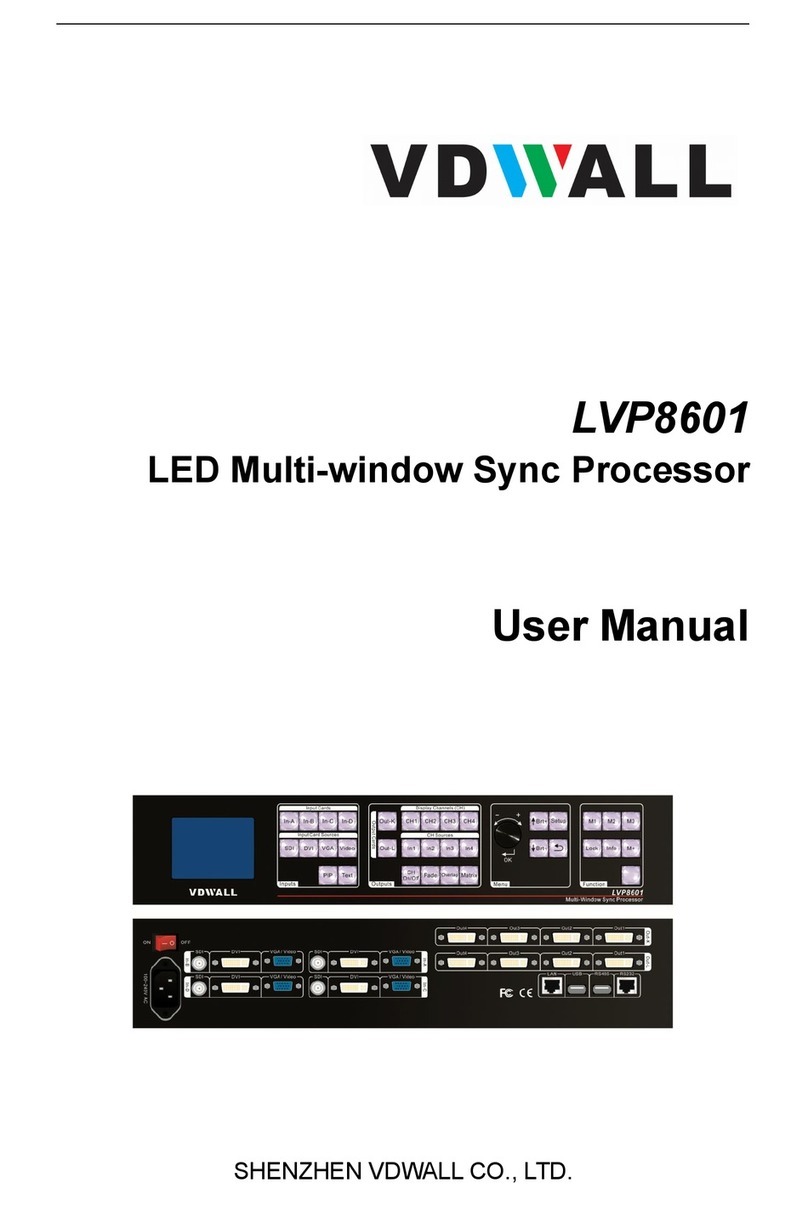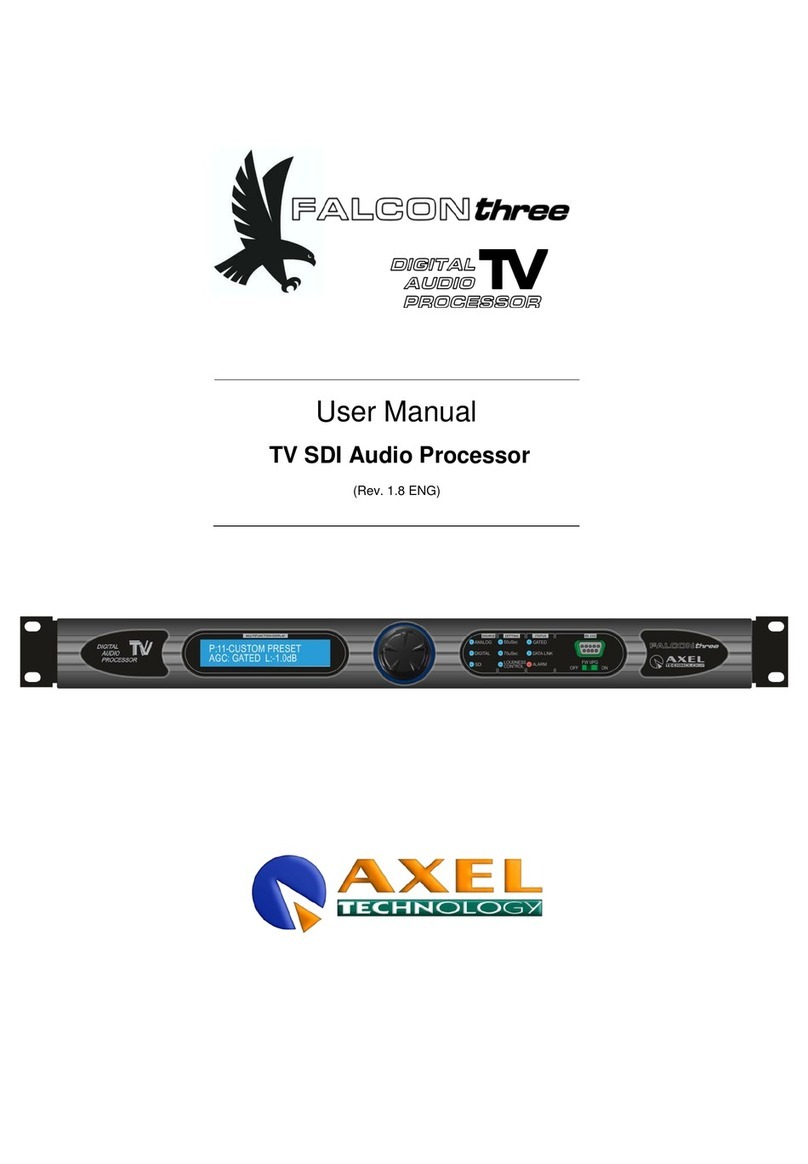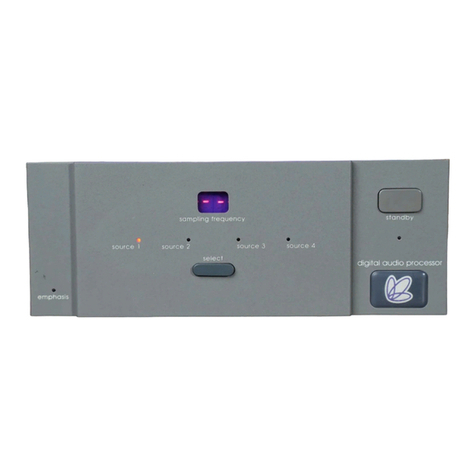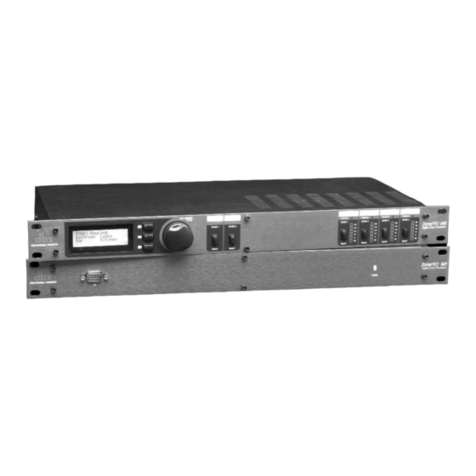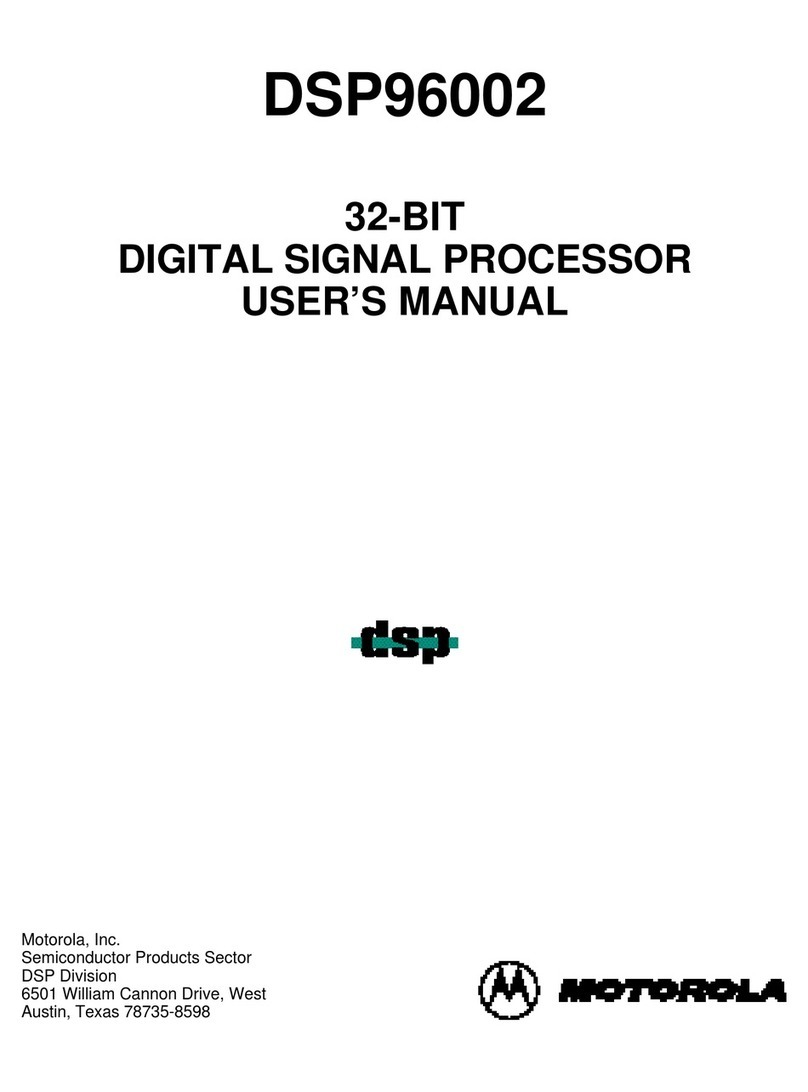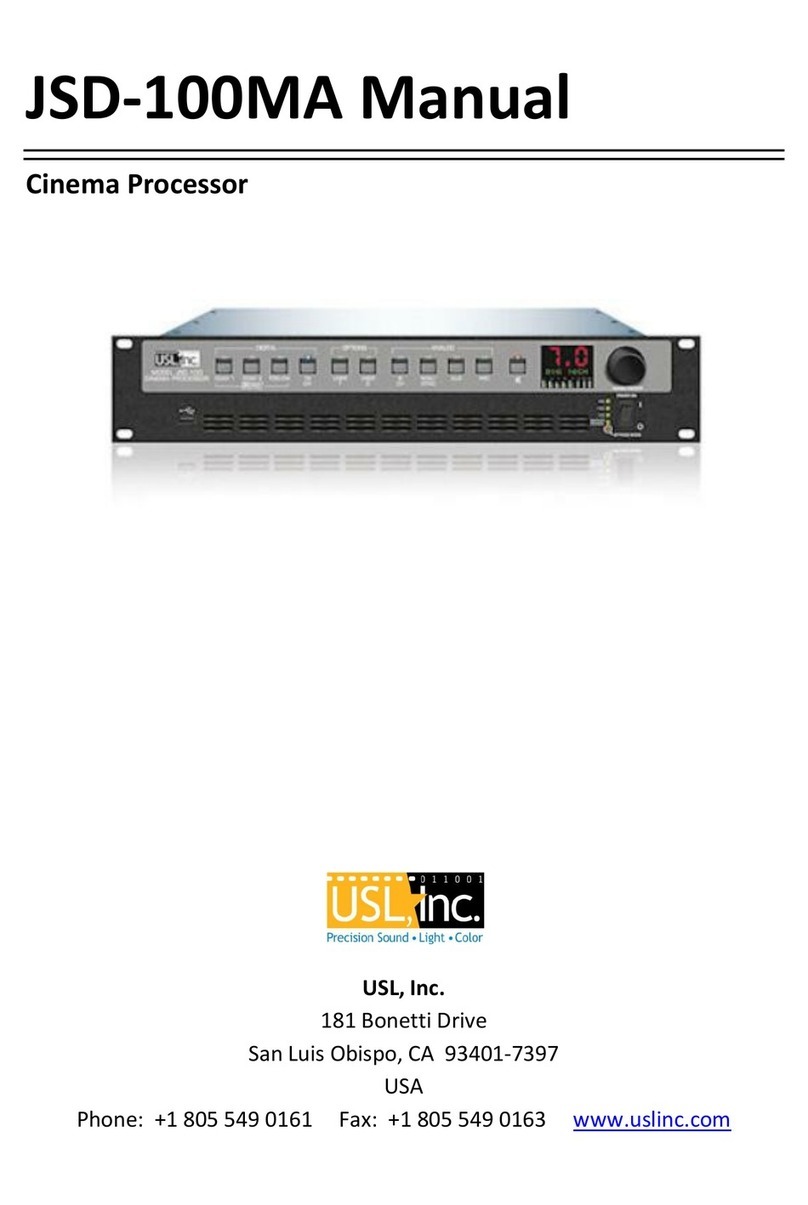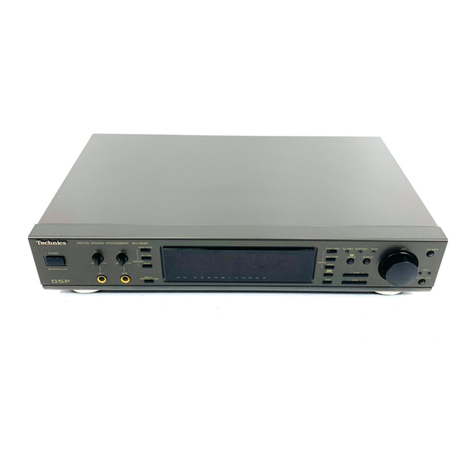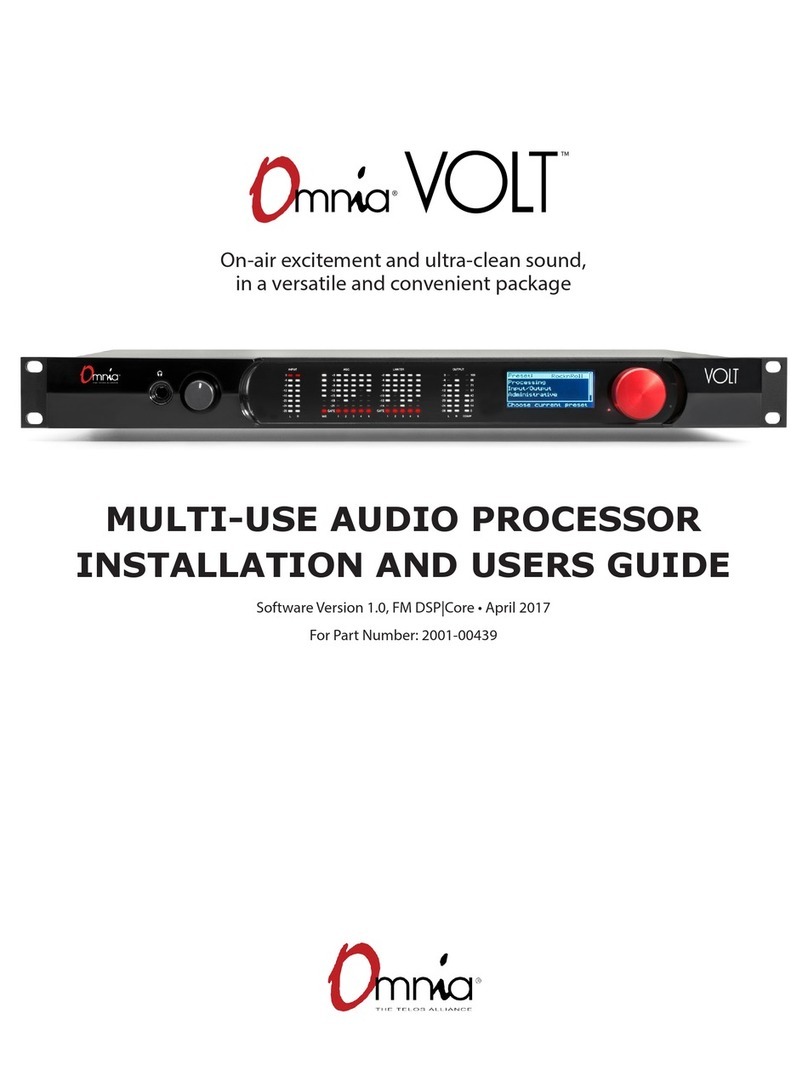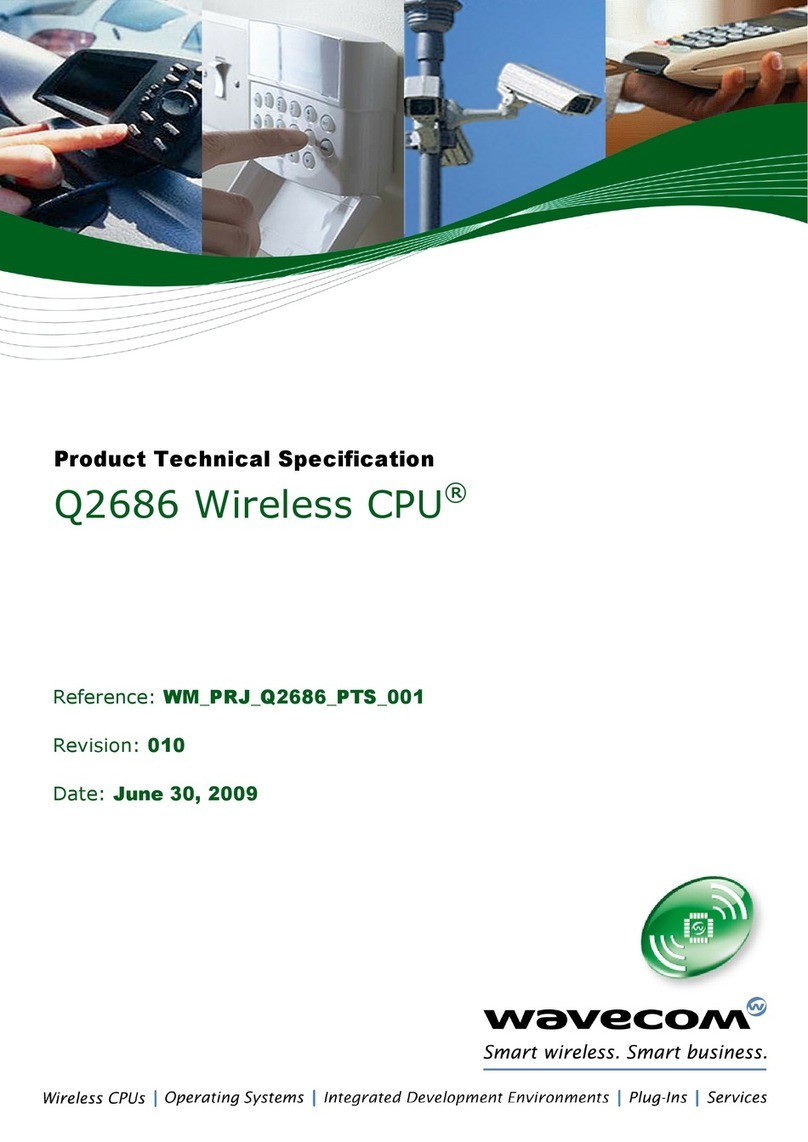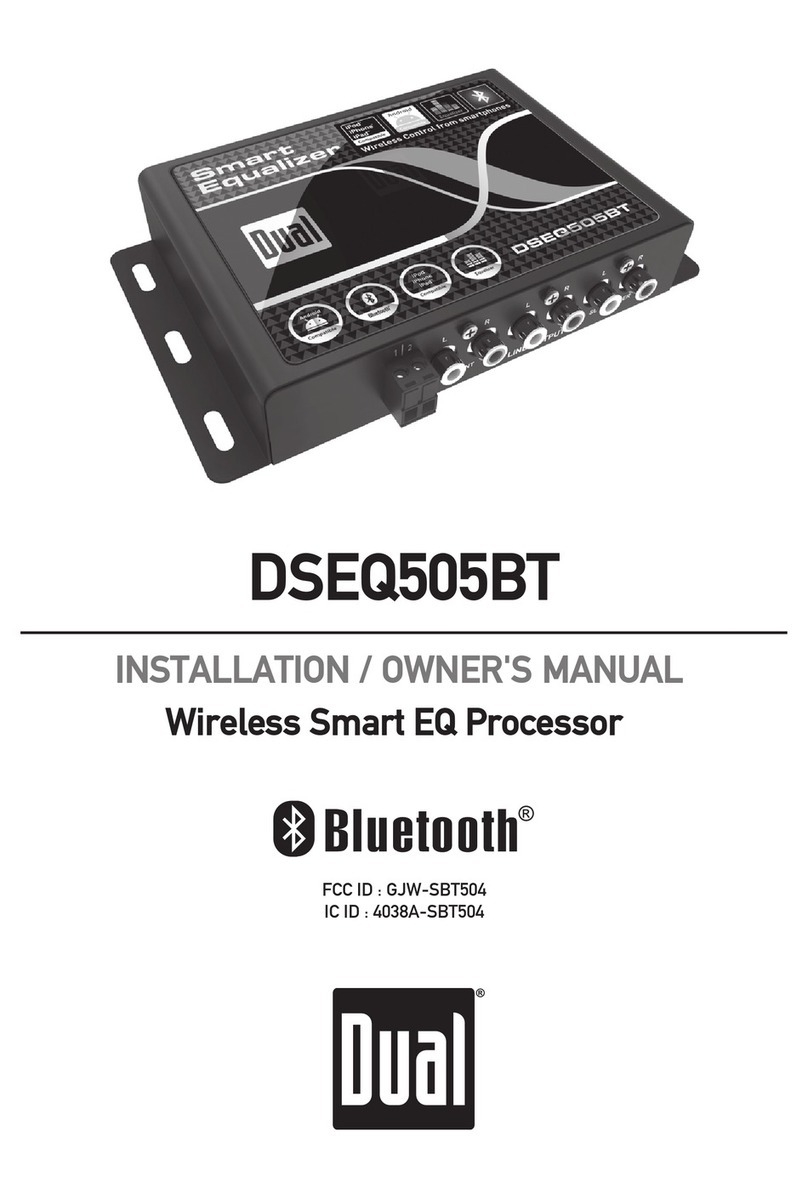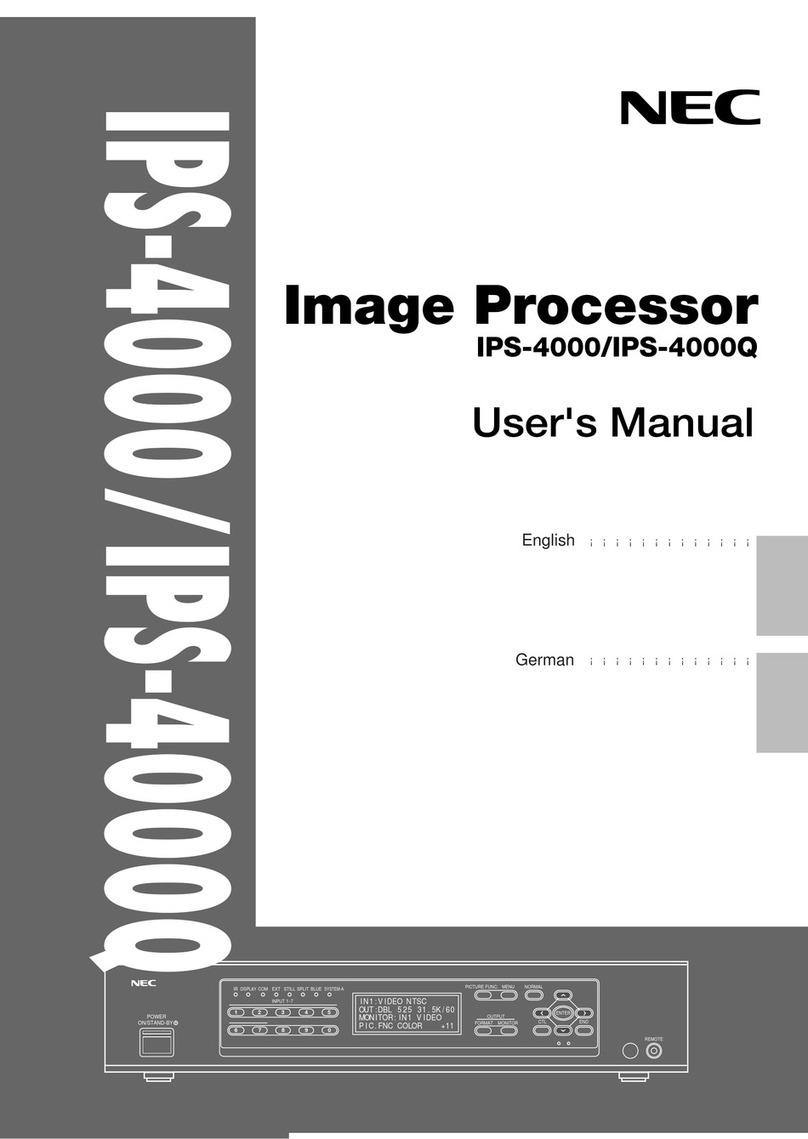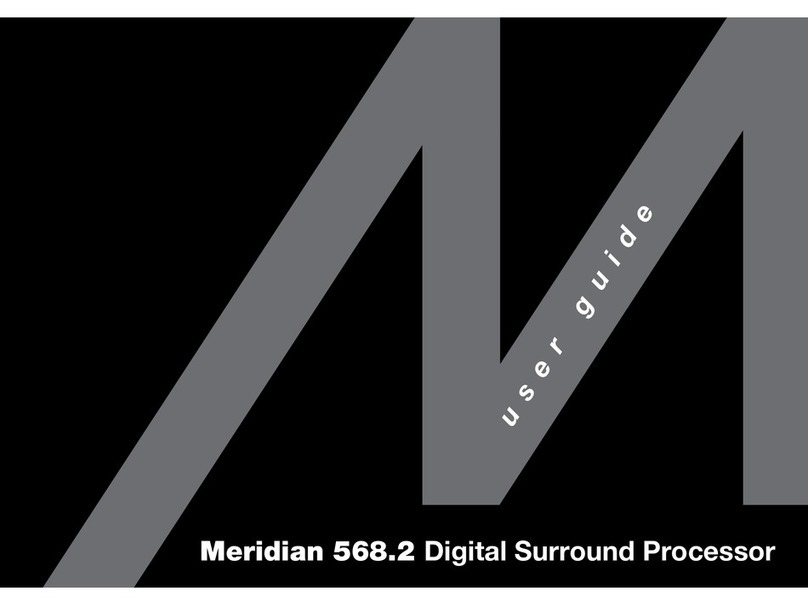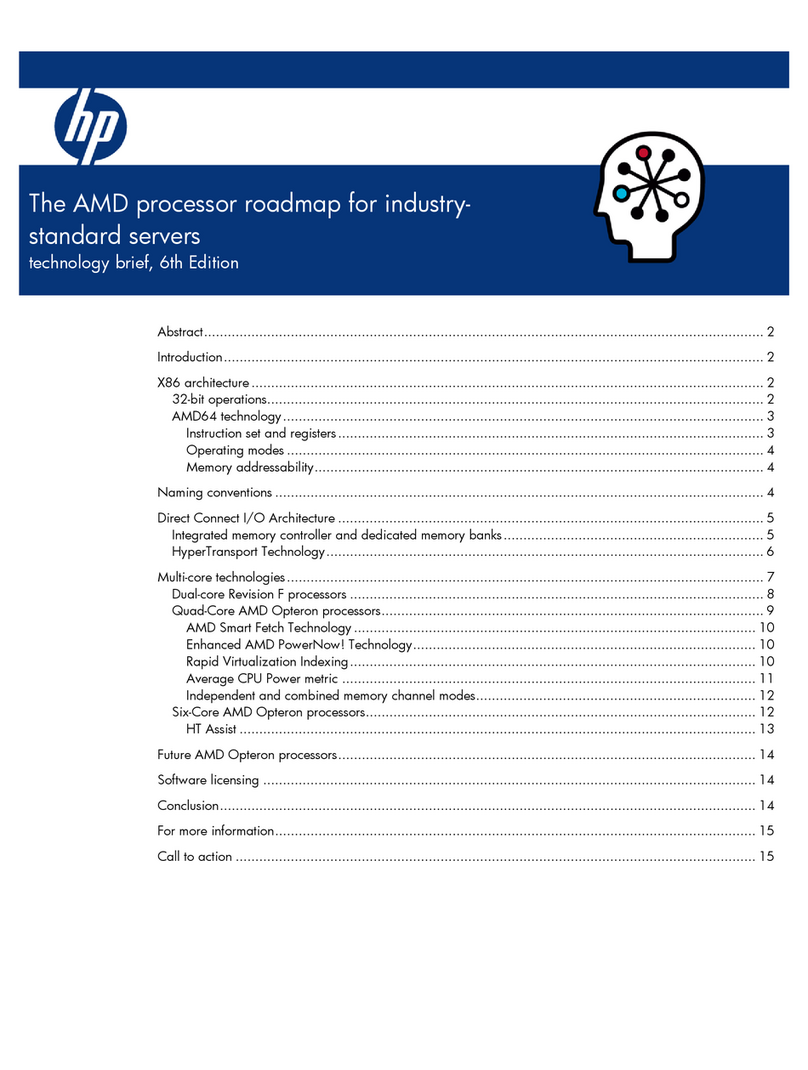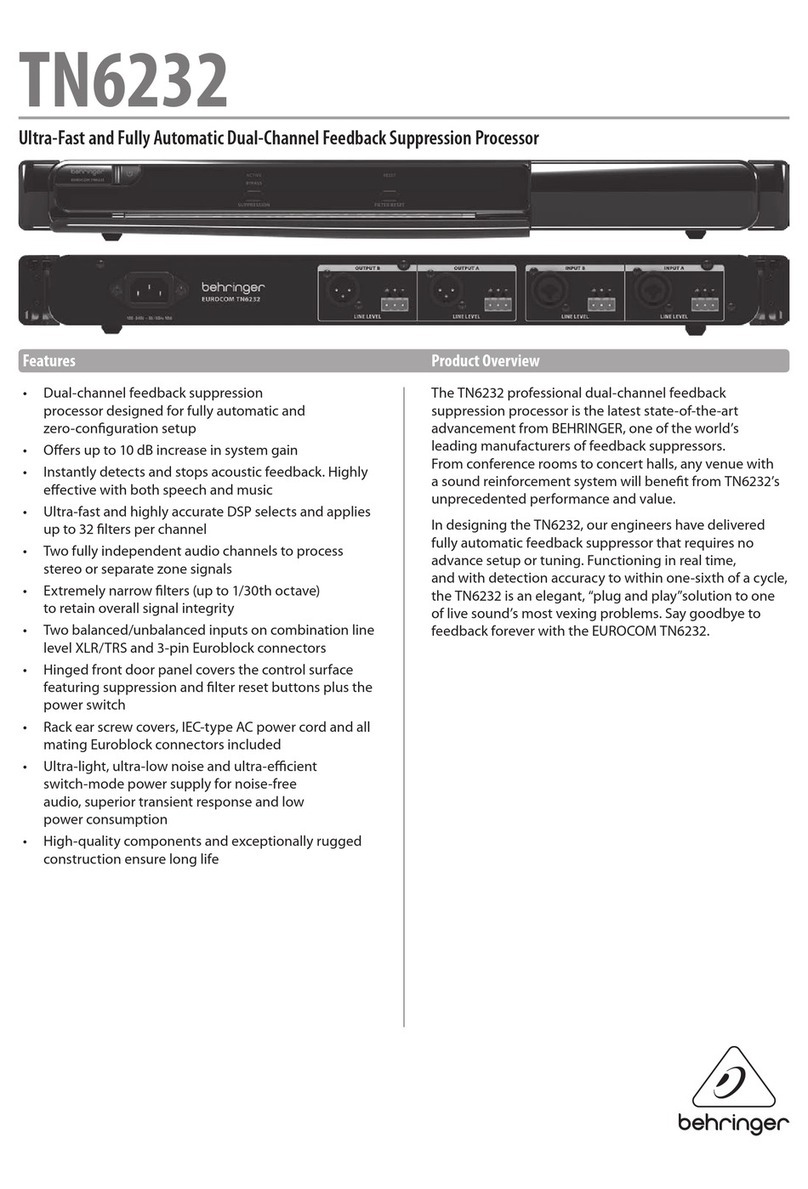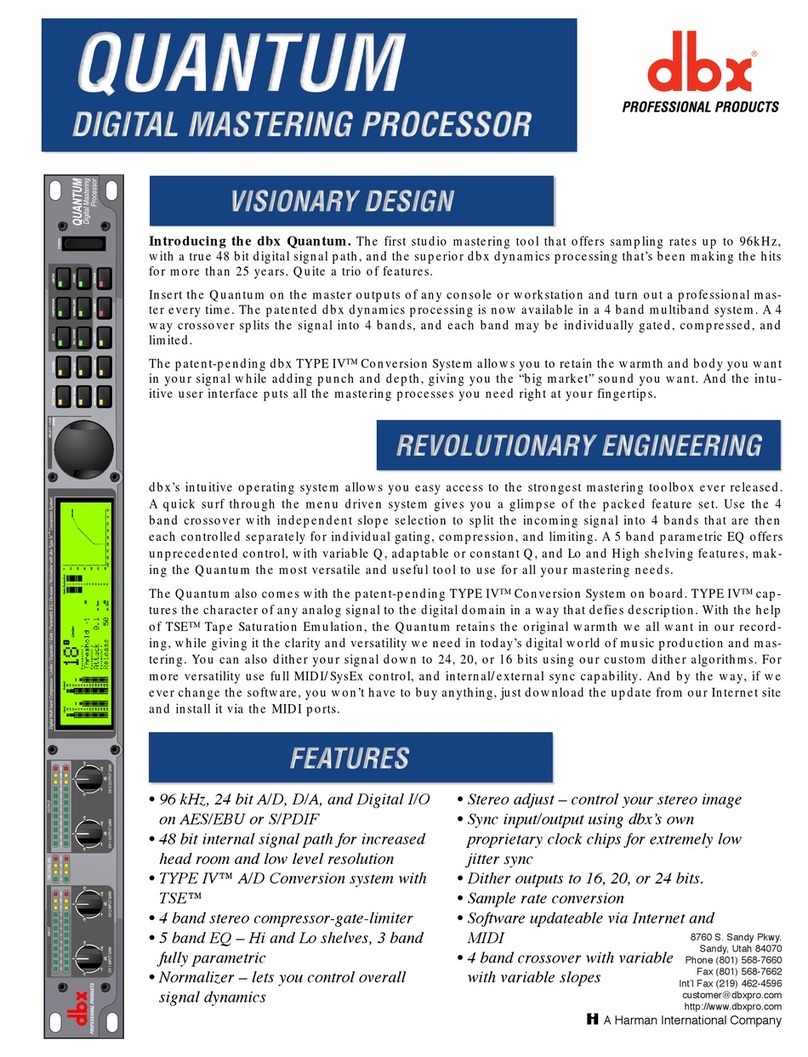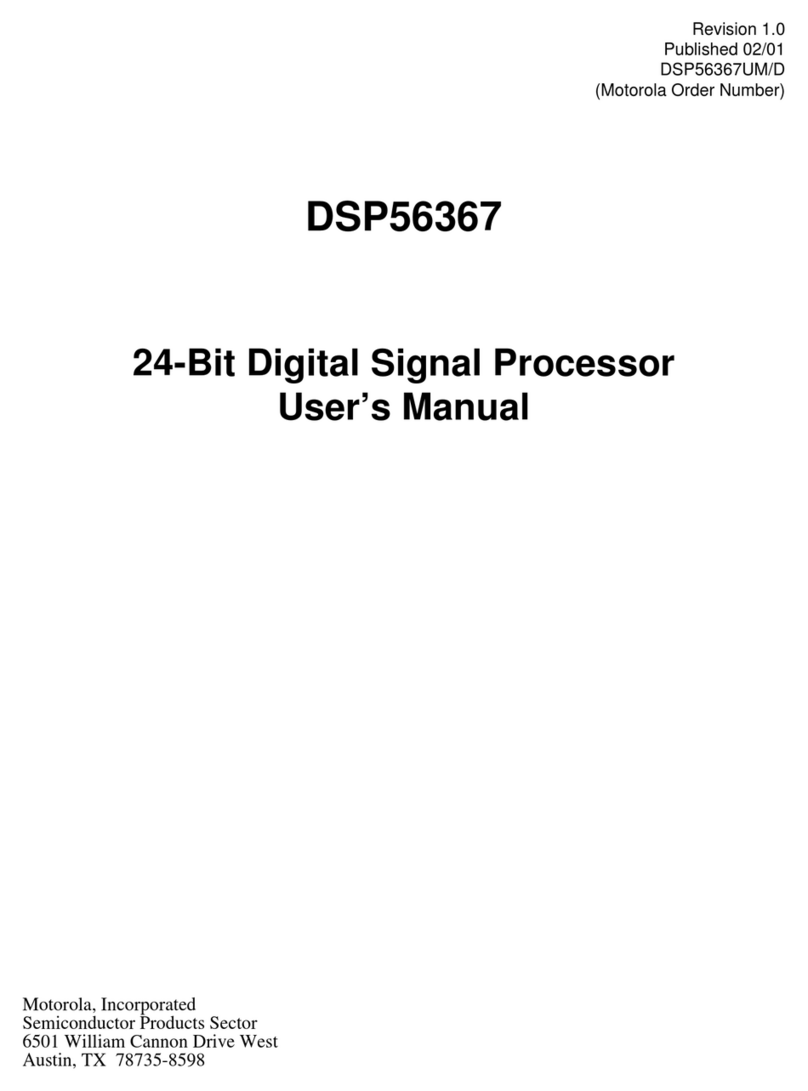
PrefaceSPRU978E – March 2008
Read This First
About This Manual
This document describes the DSP subsystem in the TMS320DM643x Digital Media Processor (DMP).
Notational Conventions
This document uses the following conventions.•Hexadecimal numbers are shown with the suffix h. For example, the following number is 40hexadecimal (decimal 64): 40h.•Registers in this document are shown in figures and described in tables.– Each register figure shows a rectangle divided into fields that represent the fields of the register.Each field is labeled with its bit name, its beginning and ending bit numbers above, and itsread/write properties below. A legend explains the notation used for the properties.– Reserved bits in a register figure designate a bit that is used for future device expansion.
Related Documentation From Texas InstrumentsThe following documents describe the TMS320DM643x Digital Media Processor (DMP). Copies of thesedocuments are available on the Internet at www.ti.com .Tip: Enter the literature number in the search boxprovided at www.ti.com.
The current documentation that describes the DM643x DMP, related peripherals, and other technicalcollateral, is available in the C6000 DSP product folder at: www.ti.com/c6000 .
SPRU983 —TMS320DM643x DMP Peripherals Overview Reference Guide. Provides an overview andbriefly describes the peripherals available on the TMS320DM643x Digital Media Processor (DMP).
SPRAA84 —TMS320C64x to TMS320C64x+ CPU Migration Guide. Describes migrating from theTexas Instruments TMS320C64x digital signal processor (DSP) to the TMS320C64x+ DSP. Theobjective of this document is to indicate differences between the two cores. Functionality in thedevices that is identical is not included.
SPRU732 —TMS320C64x/C64x+ DSP CPU and Instruction Set Reference Guide. Describes the CPUarchitecture, pipeline, instruction set, and interrupts for the TMS320C64x and TMS320C64x+ digitalsignal processors (DSPs) of the TMS320C6000 DSP family. The C64x/C64x+ DSP generationcomprises fixed-point devices in the C6000 DSP platform. The C64x+ DSP is an enhancement ofthe C64x DSP with added functionality and an expanded instruction set.
SPRU871 —TMS320C64x+ DSP Megamodule Reference Guide. Describes the TMS320C64x+ digitalsignal processor (DSP) megamodule. Included is a discussion on the internal direct memory access(IDMA) controller, the interrupt controller, the power-down controller, memory protection, bandwidthmanagement, and the memory and cache.
SPRU862 —TMS320C64x+ DSP Cache User's Guide. Explains the fundamentals of memory cachesand describes how the two-level cache-based internal memory architecture in the TMS320C64x+digital signal processor (DSP) of the TMS320C6000 DSP family can be efficiently used in DSPapplications. Shows how to maintain coherence with external memory, how to use DMA to reducememory latencies, and how to optimize your code to improve cache efficiency. The internal memoryarchitecture in the C64x+ DSP is organized in a two-level hierarchy consisting of a dedicatedprogram cache (L1P) and a dedicated data cache (L1D) on the first level. Accesses by the CPU tothe these first level caches can complete without CPU pipeline stalls. If the data requested by theCPU is not contained in cache, it is fetched from the next lower memory level, L2 or externalmemory.
SPRU978E – March 2008 Read This First 9Submit Documentation Feedback
